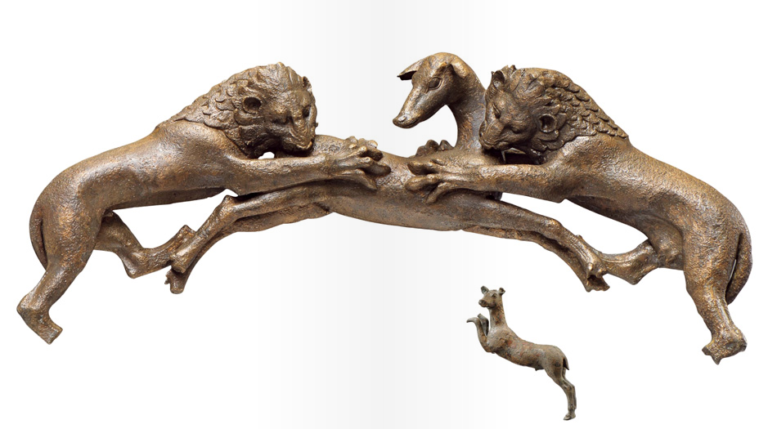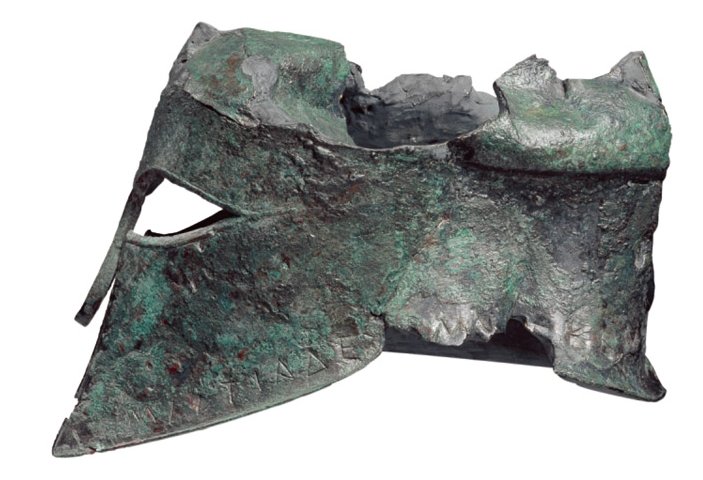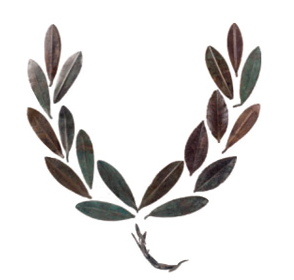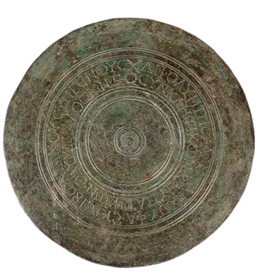Learn...
about both the development of the sanctuary and of the ancient Greek art
The exhibits are presented in chronological order, in the spacious central hall and eleven more galleries surrounding it.
All objects are explained in a simple yet scientific manner. With a variety of helpful tools and means like maps, drawings, photographs, reconstructions, and models of the monuments, the visitor is informed and assisted at each step in the museum.
The information panels and the captions for every exhibit at the vitrines discuss and explain the historical development of both the sanctuary and ancient Greek art.
The large central hall of the museum is designated for the sculptures from the Temple of Zeus and it is surrounded by nine other exhibition galleries arranged in a U-shape for the presentation of the artifacts.























